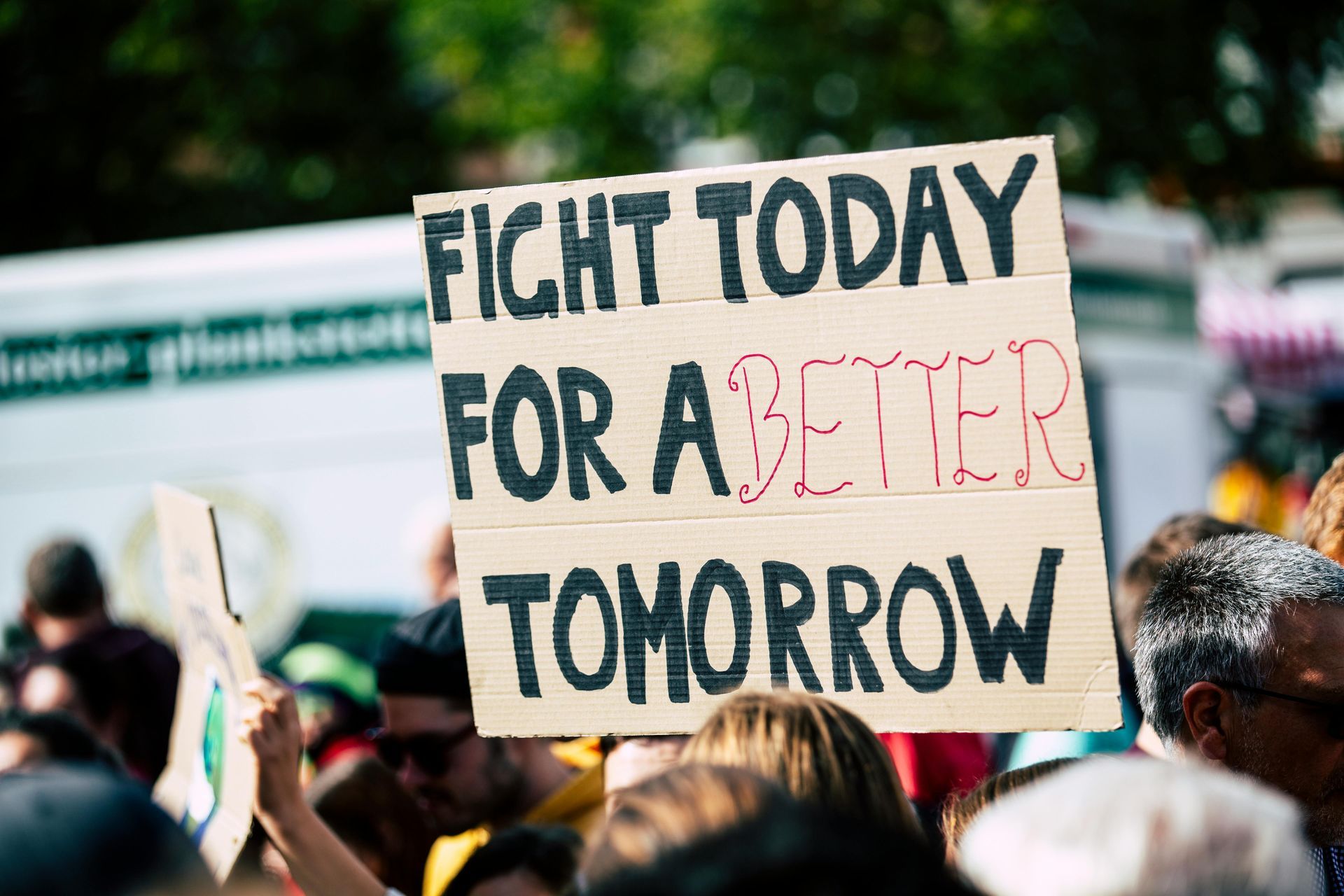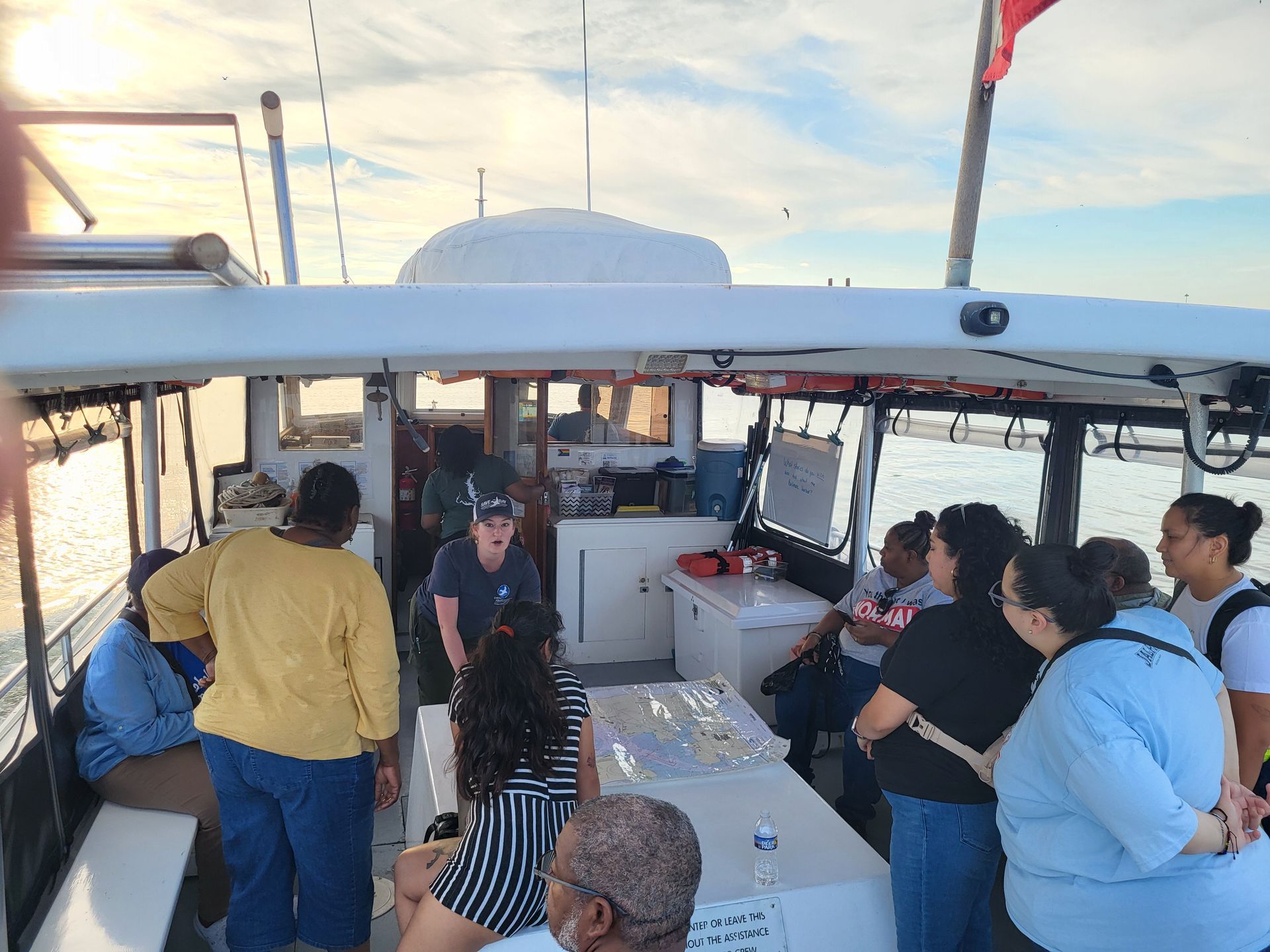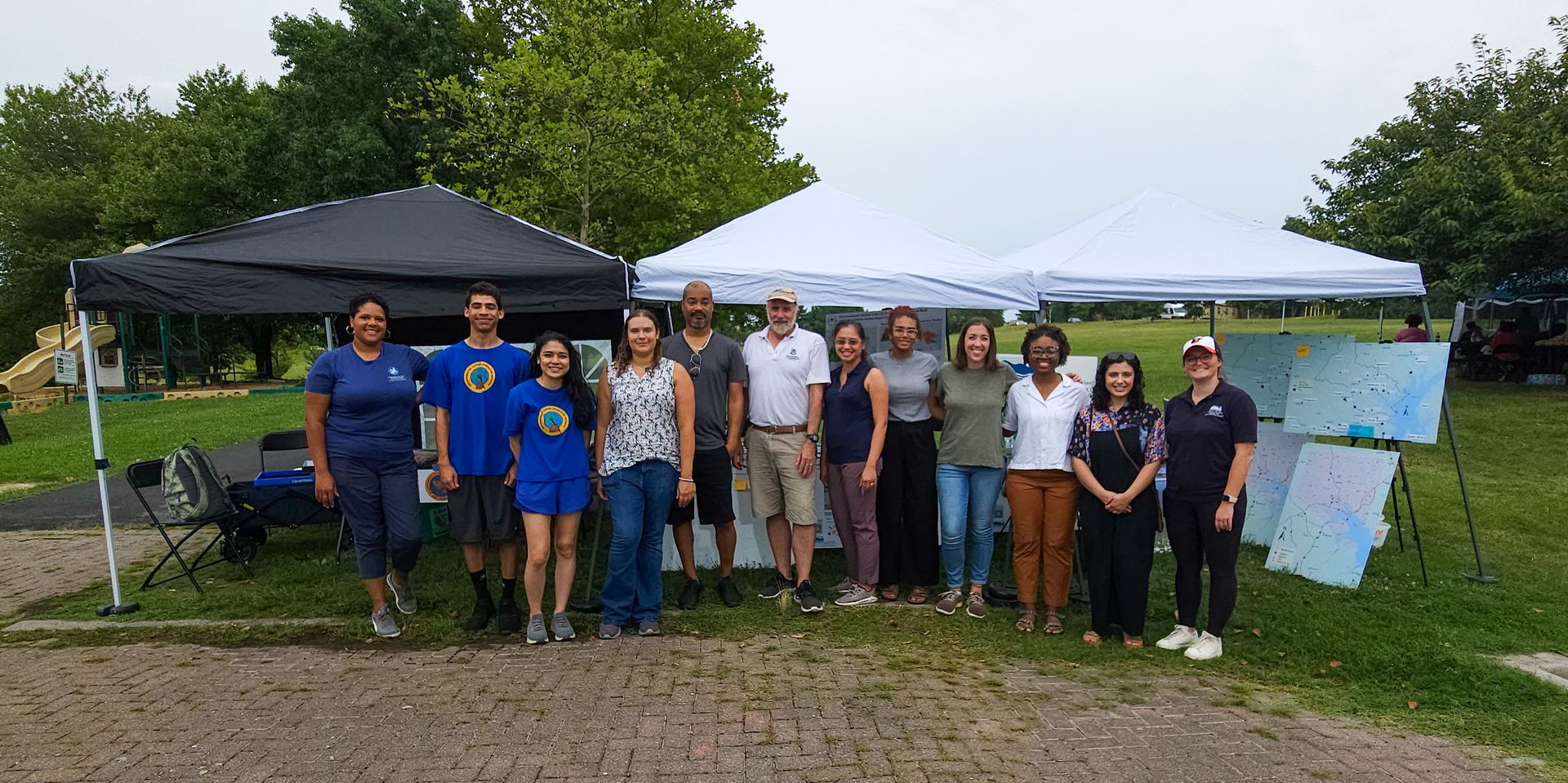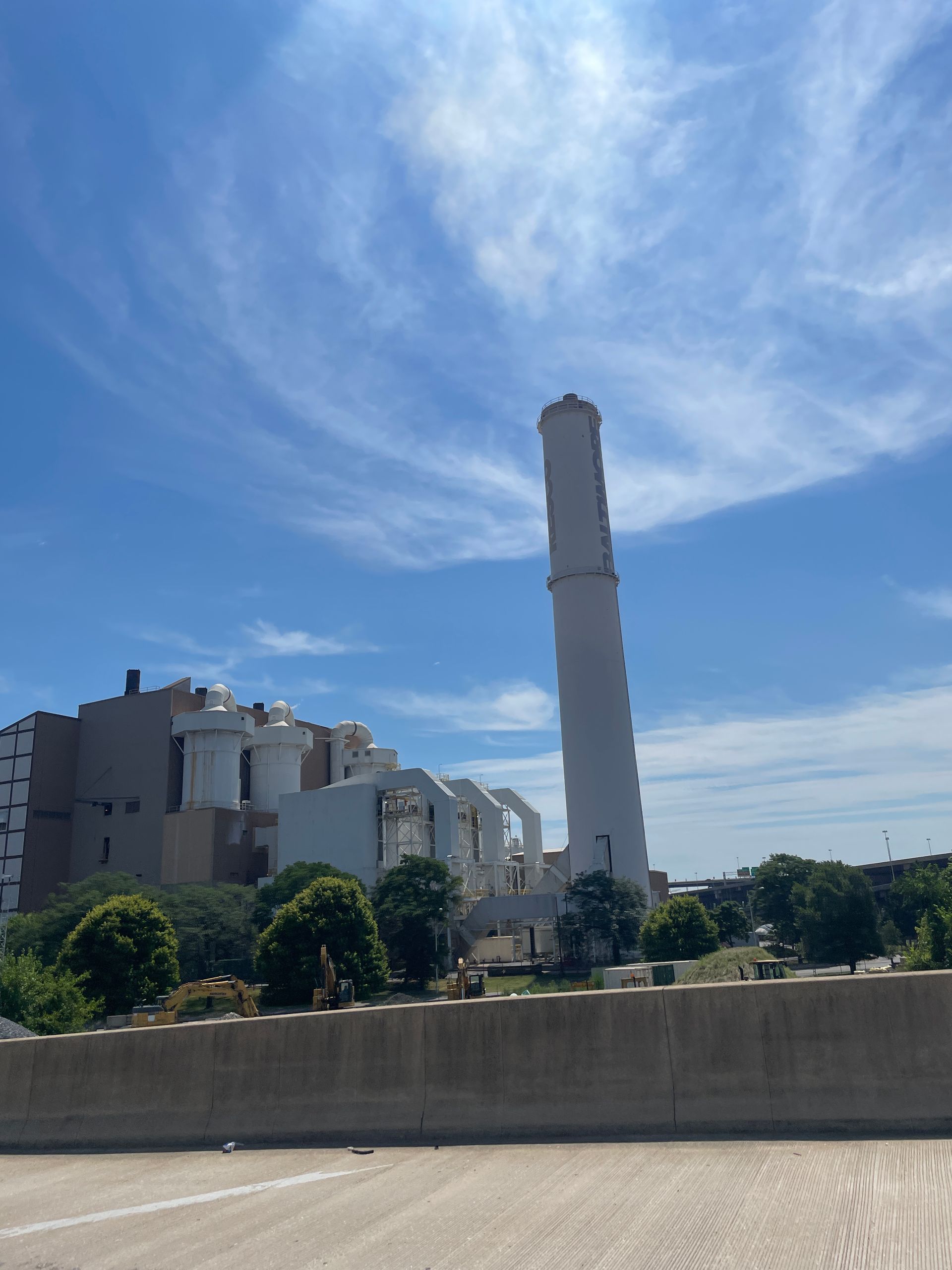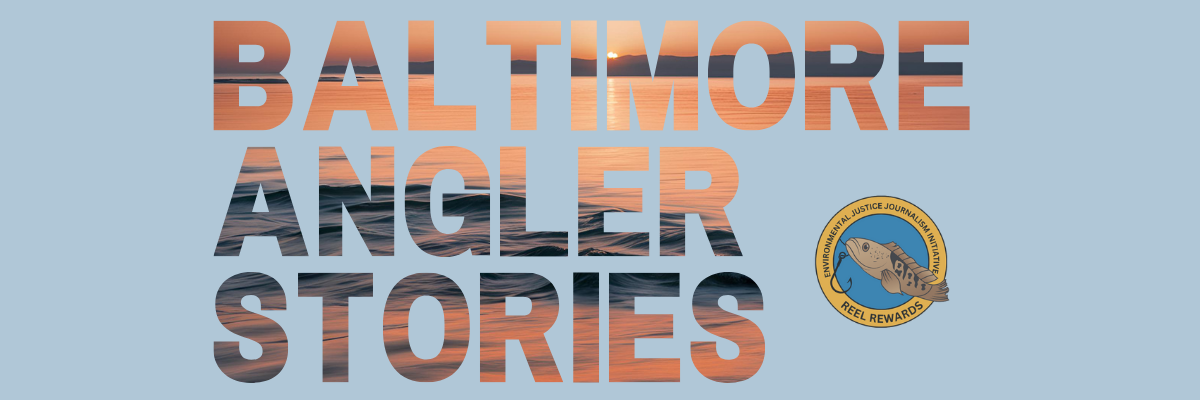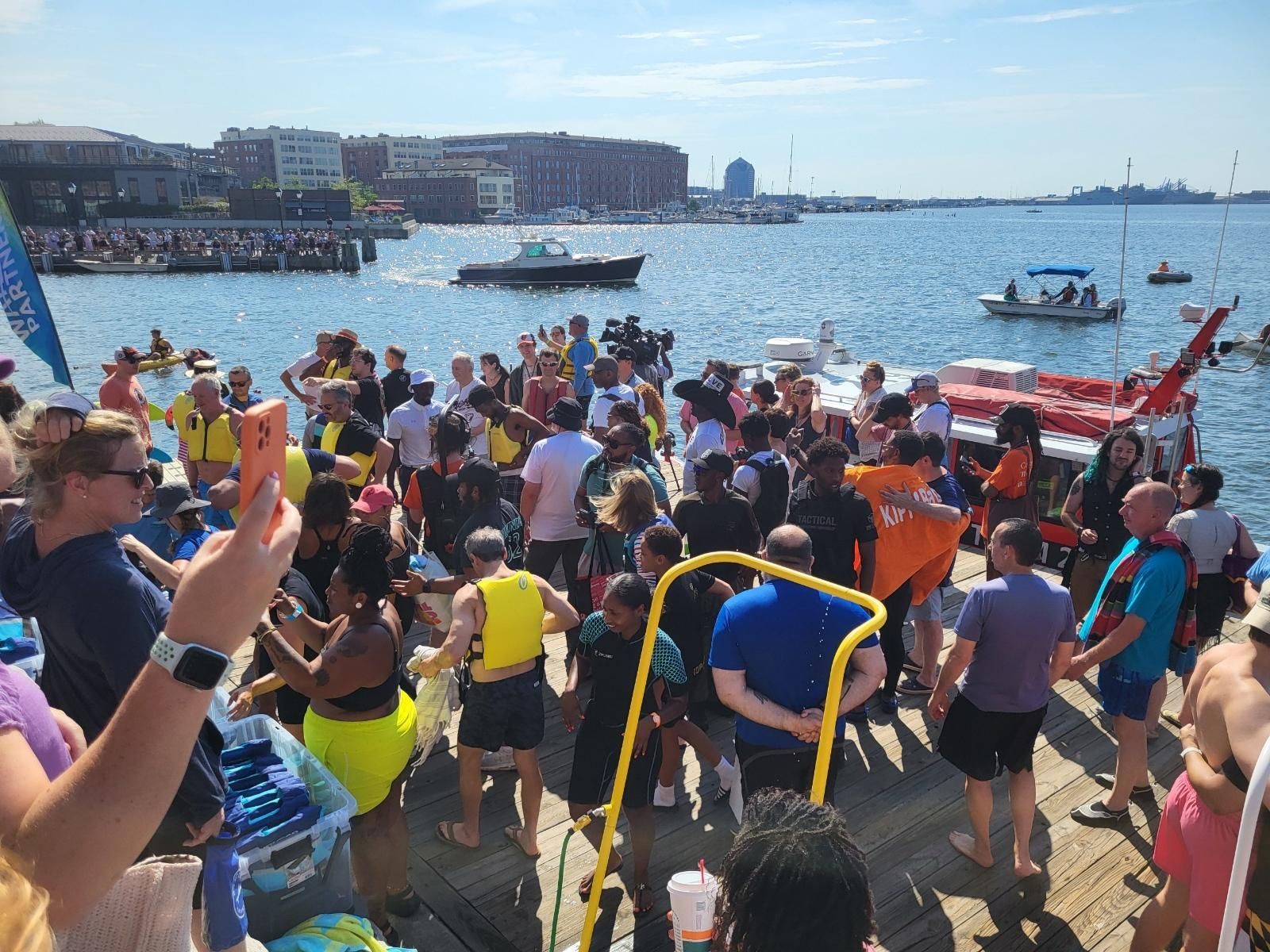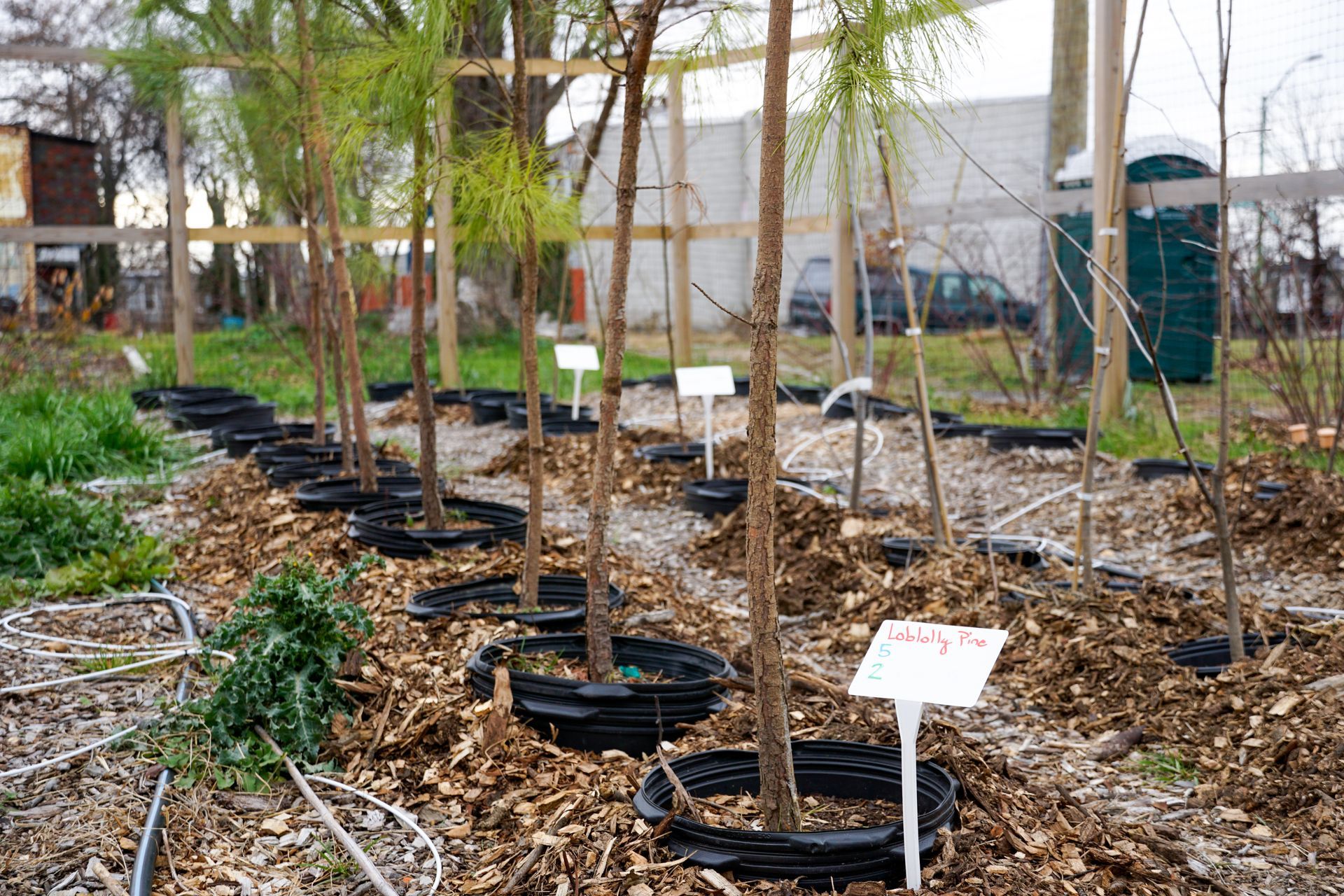What Stopped the Bleeding of the Highway Wound?
What Stopped the Bleeding of the Highway Wound?
New environmental laws were only part of the story for Baltimore’s road to nowhere
By Rona Kobell
We had a great screening last night at IMET for Disruption: Baltimore's Highway to Nowhere, and Eroding History.
You can see the trailer for Eroding History and the full Highway to Nowhere film here.
Our moderator, was Dr. Amanda Phillips De Lucas of the Baltimore Neighborhood Indicators Alliance. She did her doctoral dissertation on the Highway to Nowhere, and also edited a book, Justice and the Interstates, all about highways cutting through Black neighborhoods. So, it’s fair to say she’s done a lot of research on this topic!
DeLucas made a comment that it was environmental regulation that stopped the 1.39-mile stretch of road from going any further. For those unfamiliar, there was a plan to build a road connecting I-70 and I-83 and it was going to go through Baltimore. City officials built the first part, through Old West Baltimore, but they stopped after opposition from a multi-racial coalition, but led by white residents of Fells Point, Federal Hill, and the neighborhoods around Leakin Park.
Read Ron Cassie’s excellent Baltimore Magazine story for more context on that!
I didn't want to contradict her life's work, but I pointed out that environmental laws cannot do the heavy lifting without people who push for their enforcement. Activists in neighborhoods like Fells Point, Federal Hill, and Leakin Park who stopped the highway. (Famously Barb Mikulski.) Yes, they did this using new environmental laws, but the laws did not do it. The people did it. And the fact that the law was on their side, and the city tired of the fight, and the feds reallocated the money - that all happened AFTER Baltimore's white civic boosters decided to destroy Old West Baltimore.
Not a day goes by when I drive into Baltimore and am not thankful that this rag-tag group of activists stopped the highway. And not a day goes by when I am in West Baltimore and think what a shame it is that the effort to stop the road did not happen before it became a wound through West Baltimore.
Watch Sean Yoes’ film to see that in more detail.
The road destroyed a thriving Black community, the same community that birthed Thurgood Marshall and many other Black leaders. What would Baltimore look like today had the road never been built? If Pennsylvania Avenue still had its shops and famed music lounges? I can’t imagine, because I never saw it then. But everyone who did carries that heartbreak with them.
The fact is, bad actors break environmental laws every day. I guarantee you, if you are living in a place that has any industry, someone right now is violating the law. Whether they're polluting more than their permit allows, or secretly dumping something toxic, or adding excessive manure to their fields, they're breaking the law. Most likely, no one from the government agency responsible for regulating it will notice - they don't have the inspectors to go around looking. But what they will do is respond to complaints. Therefore, this system requires someone - or a group of someones - to complain. The law is the mechanism to protect. The person who complains is the catalyst. If you want environmental justice, you need both.
